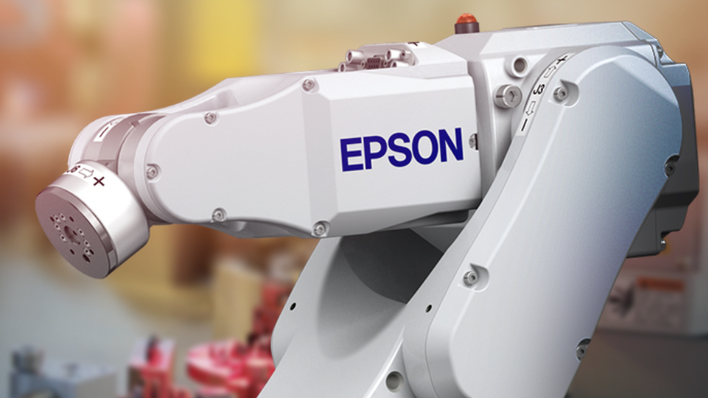Retailers must stay on top of the latest trends and technology driving the shopping experience. While credit card transactions may lead in the retail payment space, emerging options may soon gain popularity. Read on to see what PaymentsSource has to say about the future of retail.
The evolution of payments is an ongoing story. Beginning with barter-based economies that led to the invention of money and cash transactions, the rise and near-fall of checks and the creation of cards and its related infrastructure, to the rising adoption of mobile and digital payments today, to biometrics and wearables around the corner. None of these “payment eras” occurred in linear order. There are overlaps, reversals, even surprising continuity.
Looking at the historical payment instruments along this evolution, we see a tale of two very different outcomes. Whereas checks have declined substantially, cash has remained the most constant — and so have predictions of its demise.
We’ve heard it time and time again following technological advances that have introduced new types of payment capabilities. Yet cash is unlikely to go anywhere due to several of its unique qualities: it’s extremely resilient, universally accepted, fully private, efficient and user-proof (your cash won’t freeze up or malfunction on you). According to the Committee on Payments and Market Infrastructures (CPMI), worldwide cash in circulation has actually increased since 2007, with 83% of all global transactions still made in cash.
The next wave of payments innovation brought us the global card infrastructure made up of credit and debit rails, which the card providers run and manage to provide interbank clearing. In the world of consumer payments, this innovation has for decades eaten into the use of checks and provided the core infrastructure for most digital payments we have today (point of sale, e-commerce, etc.).
However, we are seeing emerging economies invent and implement new technologies that are allowing them to leapfrog the developed world in their evolutionary arc and integrate mobile payments directly into their cash-based economies.
In fact, we’re currently in the midst of a global explosion of payments innovation, yielding a host of new payment products and services driven by unprecedented investment in the space (in the early part of this decade, more than $5 billion of venture capital was funneled into payments). Besides shifting consumer habits, two market forces heavily influence where this trajectory takes us next: API technology and changing regulations.
API technology allows different systems to easily exchange data and transact in a modern way without complex legacy interoperability issues. This modern software is what drives mobile payments like Android and Apple Pay, or apps like Venmo and Zelle. Coming back to emerging markets — we’re seeing API-enabled payments leapfrog all other methods. In China the number of transactions made through nonbanking mobile apps from 2013 to 2016 increased from 3.8 billion to more than 97 billion, and in June Kenya had 42.6 million mobile payment accounts, compared with 17 million payment cards.
The advent of this API-driven payment ecosystem might have moved slower if not for a change in the regulatory winds — specifically, the implementation of PSD2 in the European Union that’s likely to start a cascade of similar policy globally around the concept of open banking. Under this regulation, banks are required to open up for integration, giving third parties access to their customers’ accounts via API and leading to simple account-to-account and P2P payments directly between bank account holders.
This democratized access to bank accounts could result in a decreasing loyalty to banks, depending on how the cards are played. What’s become apparent is that the payment method most existentially threatened are not the”‘oldest,” but rather the most disrupted. Thought about in this way, the card infrastructure feels more precarious. Compared to an API-enabled system, it feels constrained by its own system, has limited potential for greater scale, and offers less convenience for the user.
Again revisiting our emerging markets example, technology innovation and the utility of both cash and digital payments created a surprise leapfrog that skipped a generation of financial technology and bypassed the legacy-card rails. So while the future is clearly not cashless, it could very well be cardless.
This article was written by Devon Watson from PaymentsSource and was legally licensed through the NewsCred publisher network. Please direct all licensing questions to legal@newscred.com.
![]()



